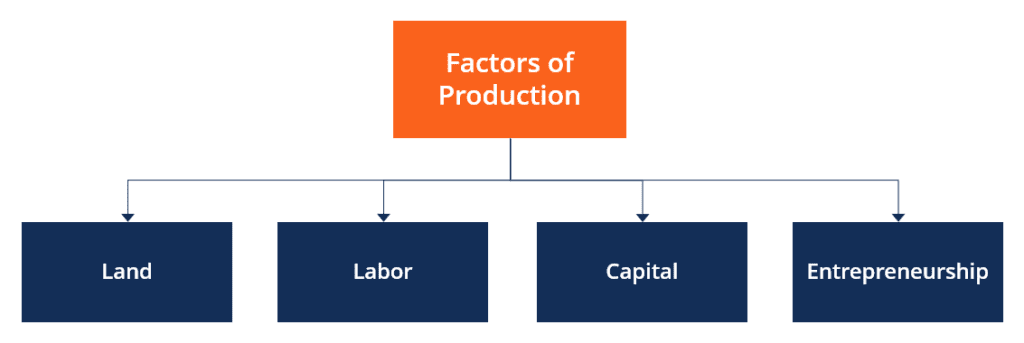

Nevertheless, empirical work relating entrepreneurship to institutions or economic growth to entrepreneurship is abundant and a broad range of proxies for both concepts have been used with mixed results and success. Both productive entrepreneurship and institutional quality are concepts that are easier to define in theory than to accurately measure empirically.

2017), is notoriously hard to analyze empirically. The complex of interacting, multilevel institutions supporting productive entrepreneurship, recently labeled the Entrepreneurial Ecosystem (cf. Productive entrepreneurship includes entrepreneurship that generates innovation and ultimately, aggregate economic growth (Baumol 2010). And here institutions determine if, how, and under what conditions entrepreneurs can get access to these inputs. The entrepreneur then organizes available resources such as labor, finance, and knowledge to generate output. The term “productive entrepreneurship” refers to “any entrepreneurial activity that contributes directly or indirectly to net output of the economy or to the capacity to produce additional output” (Baumol 1993, p. In an entrepreneurial society (Audretsch 2007), institutions channel entrepreneurial talent towards productive entrepreneurship (Baumol 1990 Murphy et al. In our set of proxies for institutional quality, financial stability, small government, and perceived start-up skills are the most important predictors of such productive entrepreneurship. Our results show that productive entrepreneurship contributes to economic growth. The third stage then optimizes the estimation of the two equations simultaneously. Using the fitted values of this first-stage regression as our proxy for productive entrepreneurship, we can then estimate a panel growth regression following Islam ( 1995) in a second stage. In our first stage, we regress multiple measures of entrepreneurial activity on institutional proxies that are known to correlate with more productive forms of entrepreneurial activity. In this paper, we bring together institutions, entrepreneurship, and economic growth using a parsimonious growth model in a 3SLS specification. To date, the impact of institutions on (productive) entrepreneurship and the effects of entrepreneurship on economic growth have largely been investigated in isolation. Institutions have a decisive impact on the prevalence and nature of entrepreneurship.


 0 kommentar(er)
0 kommentar(er)
